DMM Mustool MT110
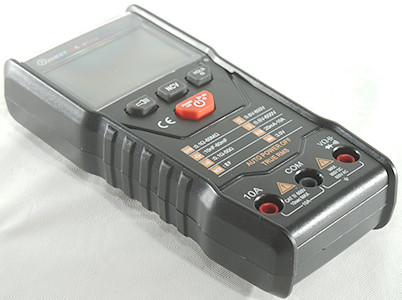
A meter without a rotary range switch, mode can be selected either manually or automatically.
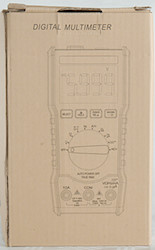

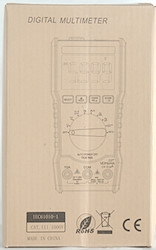

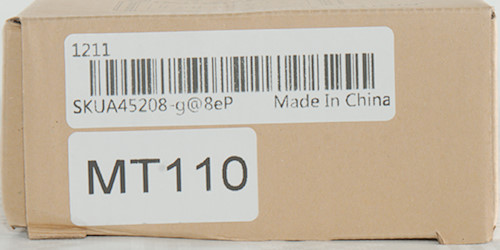
I got the meter in a brown cardboard box with a generic meter drawing on.
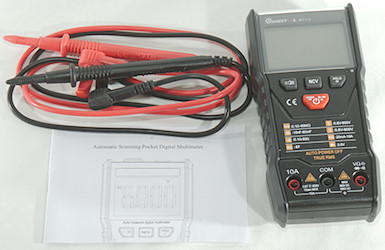
It included the DMM, a pair of probes and a manual.



The probes has is rated for CAT III, but do not include the partial tip covers required for CAT III or CAT IV.
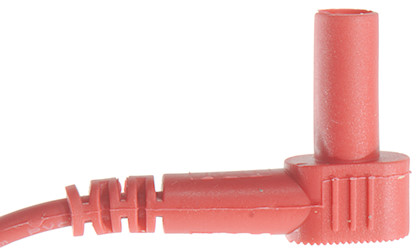
The shrouded plug is the short variety.
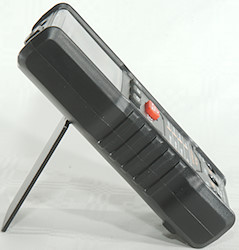
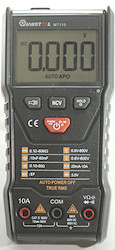
The buttons requires holding some fingers behind the meter to use when on the tilting bale.
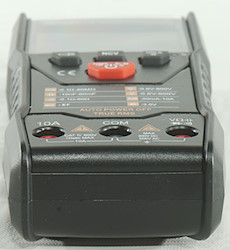
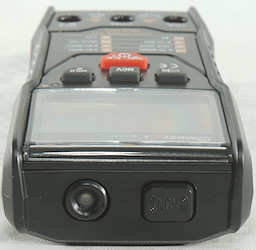
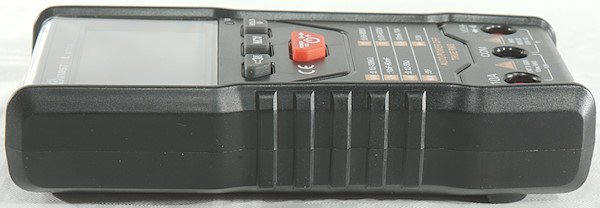
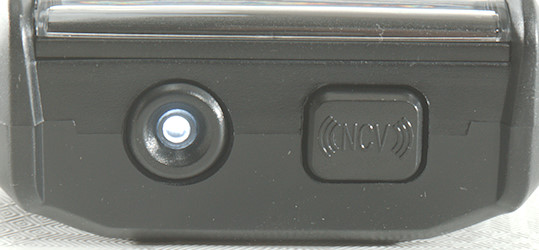
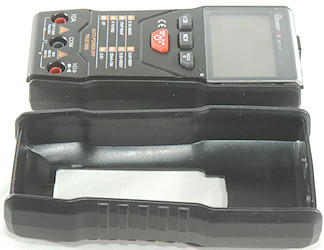
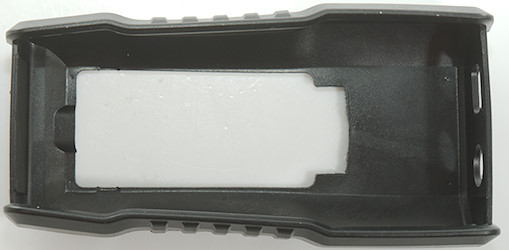

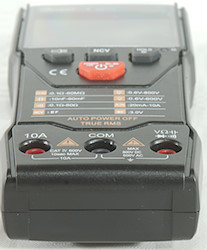
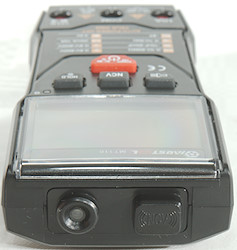
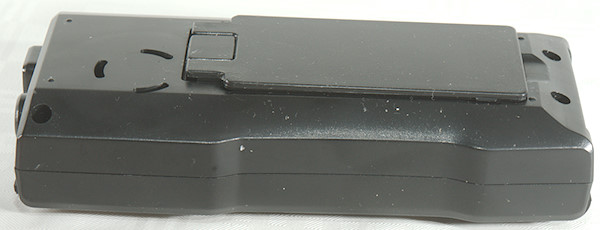
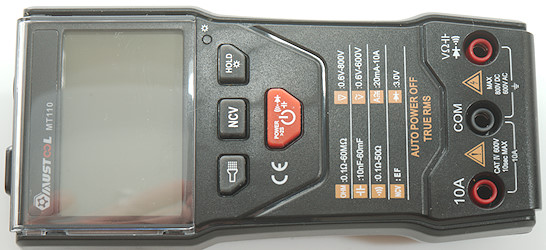
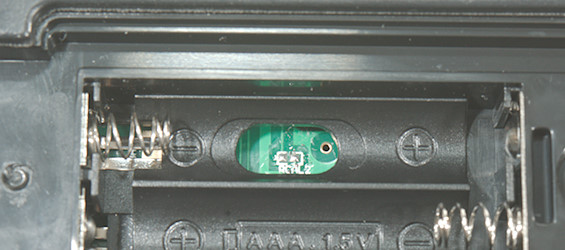
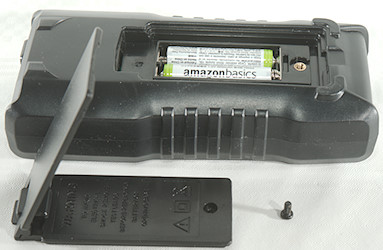
Display
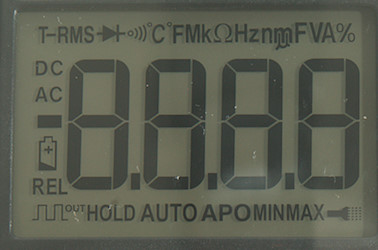
The above picture shows all the segments on the display, not all are used.
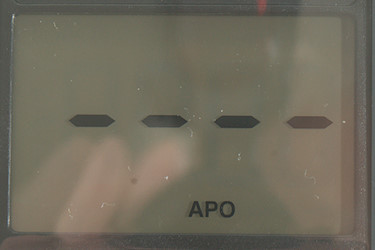
Typical display when turned on, it will show VDC/VAC/Ohm as needed.
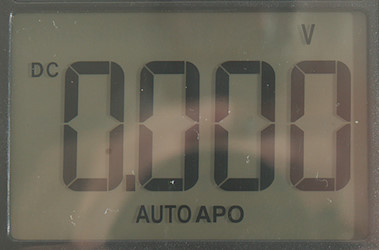
But mode can also be selected manually.
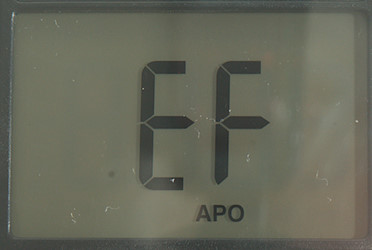
The NCV is the usual EF with four bars, buzzer and a led.
Functions
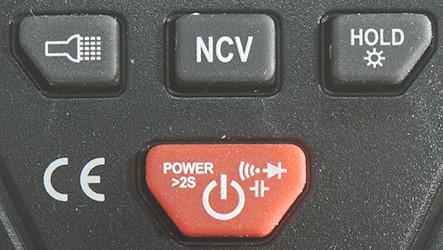
Buttons:
 : Turn flashlight on or off
: Turn flashlight on or off
- NCV: Hold down to activate electric field detection.
- Hold: Press to freeze display reading, hold down to turn backlight on.
 : Hold down to turn power on/off, press to change between auto/VDC/VAC/Continuity/diode/capacity
: Hold down to turn power on/off, press to change between auto/VDC/VAC/Continuity/diode/capacity
Input
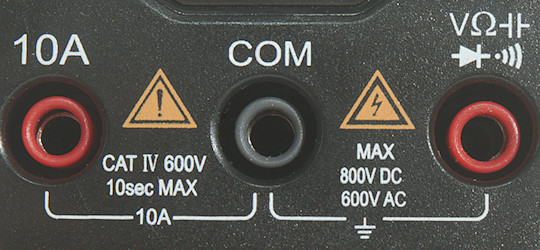
- 10A: Current input
- COM: The common terminal for all ranges.
- xxx: All other ranges.
Measurements
- Volt and frequency
- 1 VAC is 5% down at 2kHz (RMS will not work at the frequency).
- Input impedance is about 825kOhm on DC and AC
- In auto mode it will show voltage above about 0.6V
- If both AC and DC is present in auto it will show the highest voltage.
- Overload protection on DC is 1000VDC and 750VAC peak according to manual.
- Current
- Meter will switch to current when the current is above 20mA on the current terminal.
- Meter has audible and visual alarm when current is 10A or above.
- Current is protected by a 10A/250V 5x20mm ceramic fuse.
- Current ranges must only be used up to 36VDC or 25VAC
- Ohm, Continuity, diode and capacitance
- Ohm needs about 1.68s to measure 100ohm
- Ohm is 0.4V open and 0.19mA shorted
- Continuity is 0.6V open and 0.19mA shorted
- If voltage is detected in continuity mode the meter will switch to auto mode and show the voltage.
- Continuity is very fast (below 10ms).
- Continuity beeps when resistance is below 50ohm.
- Continuity flashes a small red led together with the beep.
- Diode range uses 3.3V, max. display is 3.000V at 0.11mA, max. current is 1.35mA shorted
- 10uF takes about 7 seconds to measure.
- 70000uF takes about 13 seconds to measure.
- It may switch to voltage range if voltage is applied in these modes (Depends on polarity and actual voltage).
- Miscellaneous
- Current consumption when off is below 1uA
- Current consumption of meter is 1.7mA, 9.5mA with backlight or flashlight and 15mA with both.
- Meter turns off at 2.2V, battery symbol show at 2.4V.
- Reading is stable with changing battery voltage
- Backlight & flashlight varies with voltage, but are usable until meter turns off.
- The meter often shows a wrong value before the correct reading.
- Viewing angle is good.
- Display updates around 3 times/sec
- Flashlight can be manually turn on/off and will turn off when the meter turns off.
- Backlight will turn off in about 15 seconds
- Will automatic turn power off after about 16 minutes
- Standard probes cannot be pushed fully down.
- Weight is 207g without accessories, but with rubber sleeve and batteries.
- Size is 145 x 69 x 35mm with rubber sleeve.
- Probes
- Probe resistance 50mOhm for one.
- Probe wire is soft and 74cm long.
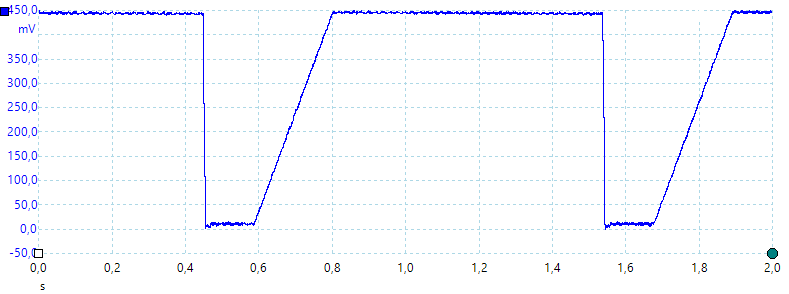
A look at the capacitance measurement waveform.
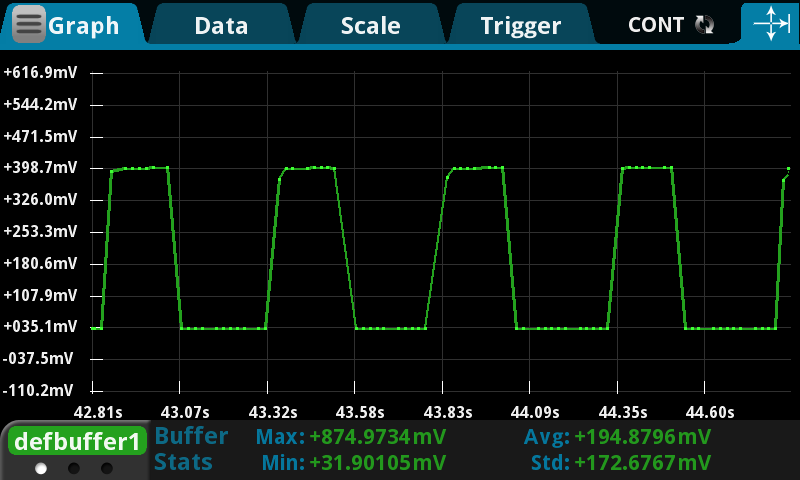
In auto mode the input pulses 3 times a second to check for resistance or voltage.

Maximum voltage is different between manual and meter, Manual 1000VDC/750VAC Meter: 800VDC/600VAC
The 10nF range shows a bit too high at lower values (6% at 1nF).
A high DC voltage can block for AC reading when AC is manually selected.
The multimeter is basically always in Low-Z mode.
Tear down
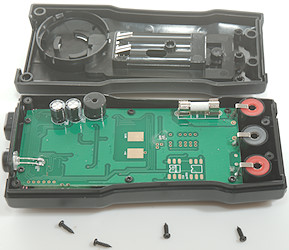
I had to remove four screws to open the meter.
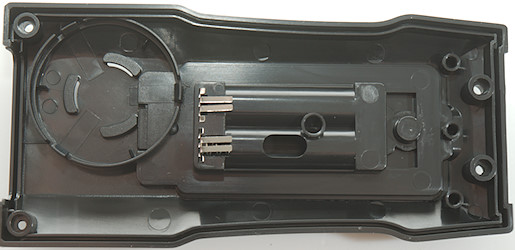

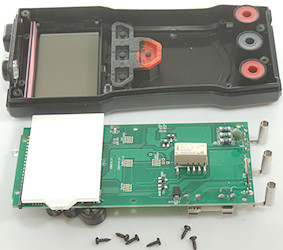
And 6 screws to get the circuit board out.
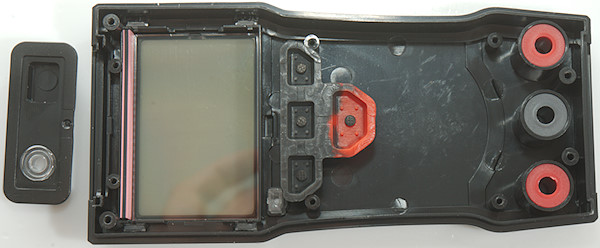
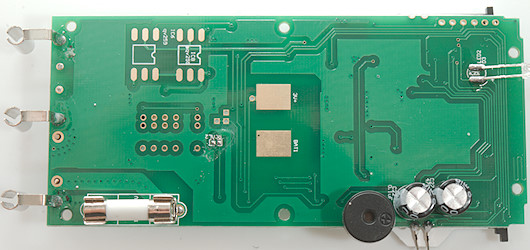
On this side is the 10A fuse, buzzer, capacitors and the flashlight led. The NCV antenna can be seen at the top, it is on both sides.
The two missing ICs are probably for a electronic relay.
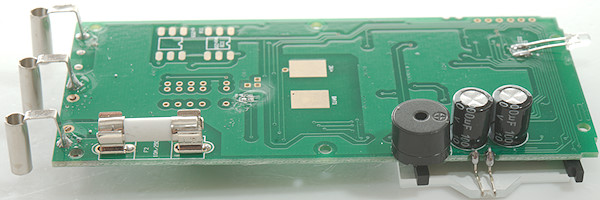
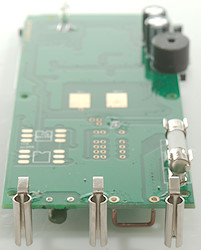
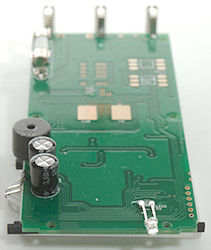
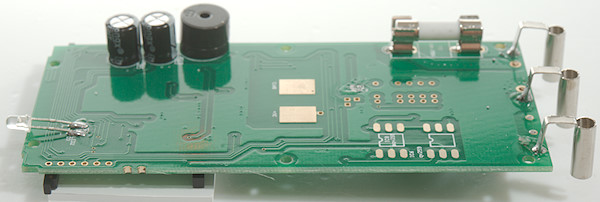
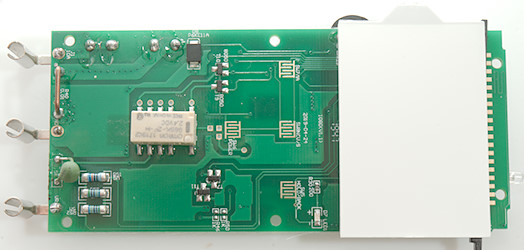
On this side is the mechanical relay for connecting the current generator used in ohm/continuity/diode/capacity. There is a PTC in series with the relay for protection and a transistor pair (T7 & T11) for clamp after it. The relay needs two driver transistor (T9 & T10) for its set and reset coils.
The input resistors do not match the values on the circuit board. There is a 900kOhm input (R51) and a 10Mohm input (R52 & R55: 2x5Mohm). Because they are always in parallel the input impedance is around 825kOhm. I wonder why there is a transient clamping diode in parallel with the 0.01ohm current shunt, it will not protect much (It needs a series resistor).

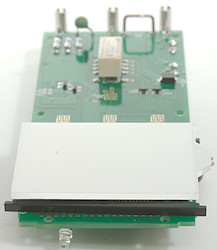
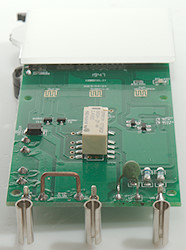

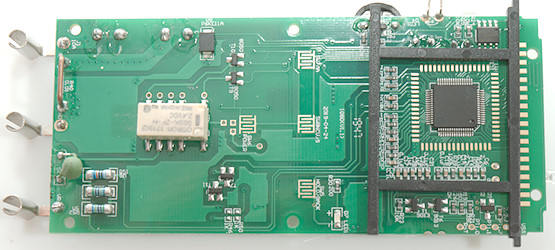
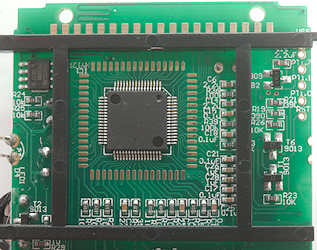
The actual multimeter IC do not have a type number on it. There is a 24C08 EEPROM for calibration storage.
Conclusion
As usual the CAT rating is invalid, it meter is fine to use up to mains voltage, as long as it is secured with a not too large fuse.
The meter works nicely and the auto selection of VDC/VAC/ohms is definitely usable. The continuity is very fast (Not the beep in auto). The meter is rather limited in ranges and input impedance is on the low side, but it will handle the most command measurements for home or some hobbies.
Notes
The multimeter was supplied by Banggood for review.
How do I review a DMM
More DMM reviews
 : Turn flashlight on or off
: Turn flashlight on or off
 : Hold down to turn power on/off, press to change between auto/VDC/VAC/Continuity/diode/capacity
: Hold down to turn power on/off, press to change between auto/VDC/VAC/Continuity/diode/capacity































 : Turn flashlight on or off
: Turn flashlight on or off
 : Hold down to turn power on/off, press to change between auto/VDC/VAC/Continuity/diode/capacity
: Hold down to turn power on/off, press to change between auto/VDC/VAC/Continuity/diode/capacity




















